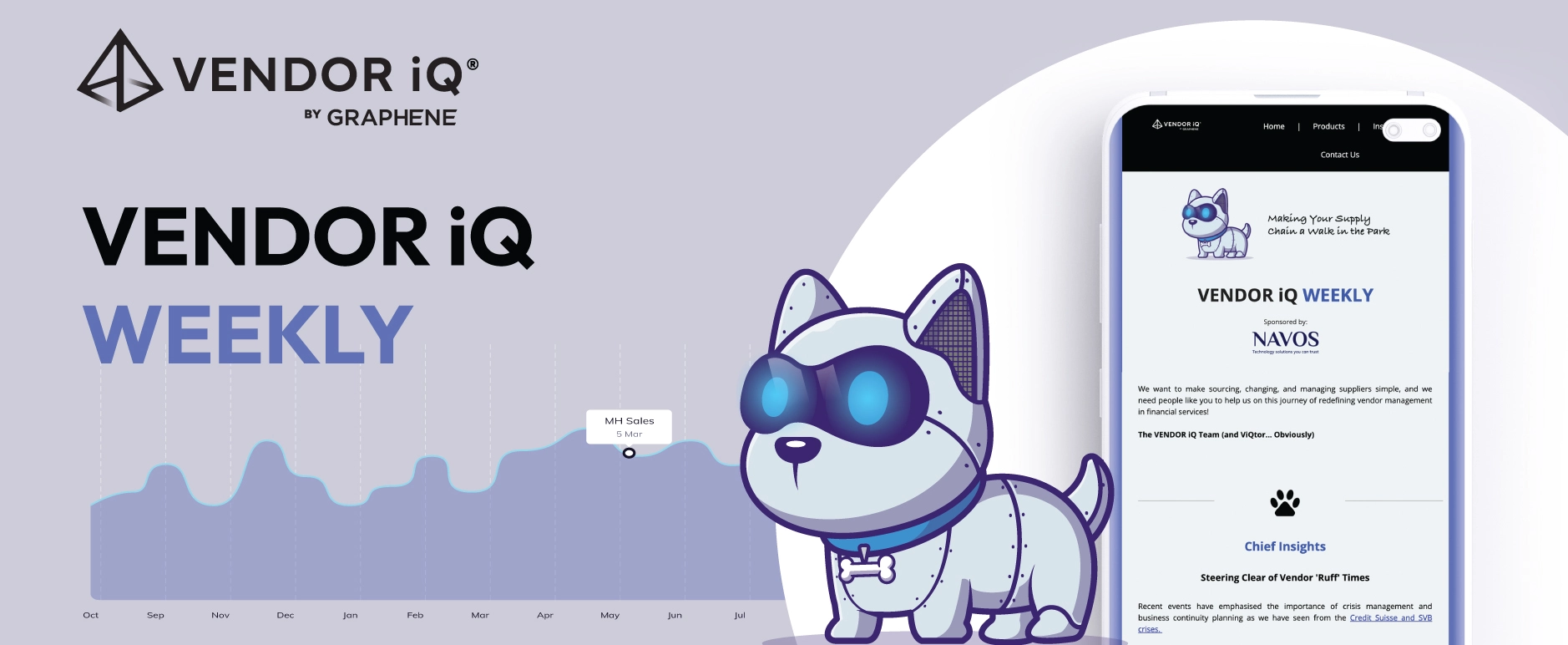In the ever-evolving landscape of cybersecurity, Third-Party Risk Management emerges as a crucial element for businesses.
The process of analysing and minimising risks associated with outsourcing to third-party vendors or service providers is more relevant today than ever, especially considering the multitude of digital risks that third-party associations can bring.
Understanding the Third-Party Concept
A third party in the business environment can be anyone your organisation collaborates with, such as suppliers, manufacturers, service providers, business partners, affiliates, distributors, resellers, and agents. These entities can range from upstream suppliers and vendors to downstream distributors and resellers, even extending to non-contractual entities.
Whether providing SaaS products to boost employee productivity, managing logistics, or handling your financial transactions, third parties play a pivotal role in your business operations.
Third-Party vs. Fourth-Party: Knowing the Difference
The distinction between a third party and a fourth party is crucial in risk management. A third party directly does business with your organisation, whereas a fourth party, or “Nth party,” is the third party of your third party.
These fourth parties are deeper in the supply chain and may not be directly contracted by your organisation but are still linked through your third parties.
Why Third-Party Risk Management is Critical
The importance of third-party risk management is underscored by the various ways third parties can impact your cybersecurity posture. Since these parties are often outside your direct control and lack transparency in their security controls, they pose significant cybersecurity risks.
The varying security standards and practices of these vendors can potentially open your organisation to cyberattacks and data breaches. With stringent data protection laws like GDPR in place, inadequate risk management can lead to substantial regulatory fines and reputational damage, as evidenced by incidents like 23andme’s data breach.
The Risks Introduced by Third Parties
Third-party associations expose organisations to various risks, including:
- Cybersecurity risk from potential cyberattacks or security breaches.
- Operational risk that could disrupt business operations.
- Legal, regulatory, and compliance risks impacting adherence to laws and regulations.
- Reputational risks from negative public opinion or third-party data breaches.
- Financial risks affecting the organization’s financial success.
- Strategic risks hindering the achievement of business objectives.
Investing in Third-Party Risk Management
Investing in third-party risk management is not just a precaution but a strategic move. It helps in cost reduction, as the average cost of data breaches involving third parties stands at a staggering $4.55 million. Regulatory compliance is another factor, as effective third-party risk management forms a core component of various regulatory frameworks. Additionally, it aids in risk reduction and improves knowledge and confidence in dealing with third-party vendors.
Implementing a Third-Party Risk Management Program
Developing an effective risk management framework involves several steps:
- Analysis: Before onboarding, assess the risks and the level of due diligence required.
- Engagement: Engage with vendors based on their security ratings and questionnaire responses.
- Remediation: Address any unacceptable risks before proceeding.
- Approval: Decide on vendor onboarding based on risk tolerance and compliance requirements.
- Monitoring: Continuously monitor the vendor’s security post-onboarding.
Challenges in Third-Party Risk Management
Implementing and running a program comes with its own set of challenges, including:
- Speed and depth of assessments.
- Visibility into third-party security practices.
- Consistency and context in evaluating third-party relationships.
- Trackability and engagement with numerous third-party entities.
Conclusion
In today’s interconnected business world, the significance of third-party risk management cannot be overstated. With the increasing reliance on third-party vendors and the complexity of cyber threats, third-party risk management stands as a vital component of a robust cybersecurity program. Organisations must proactively invest in and continuously refine their risk management strategies to safeguard against the multifaceted risks presented by third-party associations.
VENDOR iQ offers customised risk assessment solutions that enable organisations to comprehensively evaluate their supply chain. Our approach involves a thorough analysis of potential risks associated with each third party, encompassing cybersecurity, operational, legal, and compliance aspects. We leverage cutting-edge technology and a vast pool of data points to ensure that our risk assessments are not only accurate, but also deeply insightful.
Understanding that third-party relationships evolve, VENDOR iQ provides continuous monitoring services. This ensures that any changes in a vendor’s risk profile are promptly identified and addressed. Our due diligence process doesn’t end with the onboarding of a vendor; it is an ongoing commitment to maintaining the integrity of your cybersecurity posture.
Incorporating VENDOR iQ into your third-party risk management strategy means partnering with a leader in the field, one that brings a wealth of experience, technological innovation, and a deep understanding of the complexities involved in managing third-party risks. Our commitment is to provide not just solutions, but strategic support, helping your organisation navigate the challenges of third-party associations with confidence and agility.





